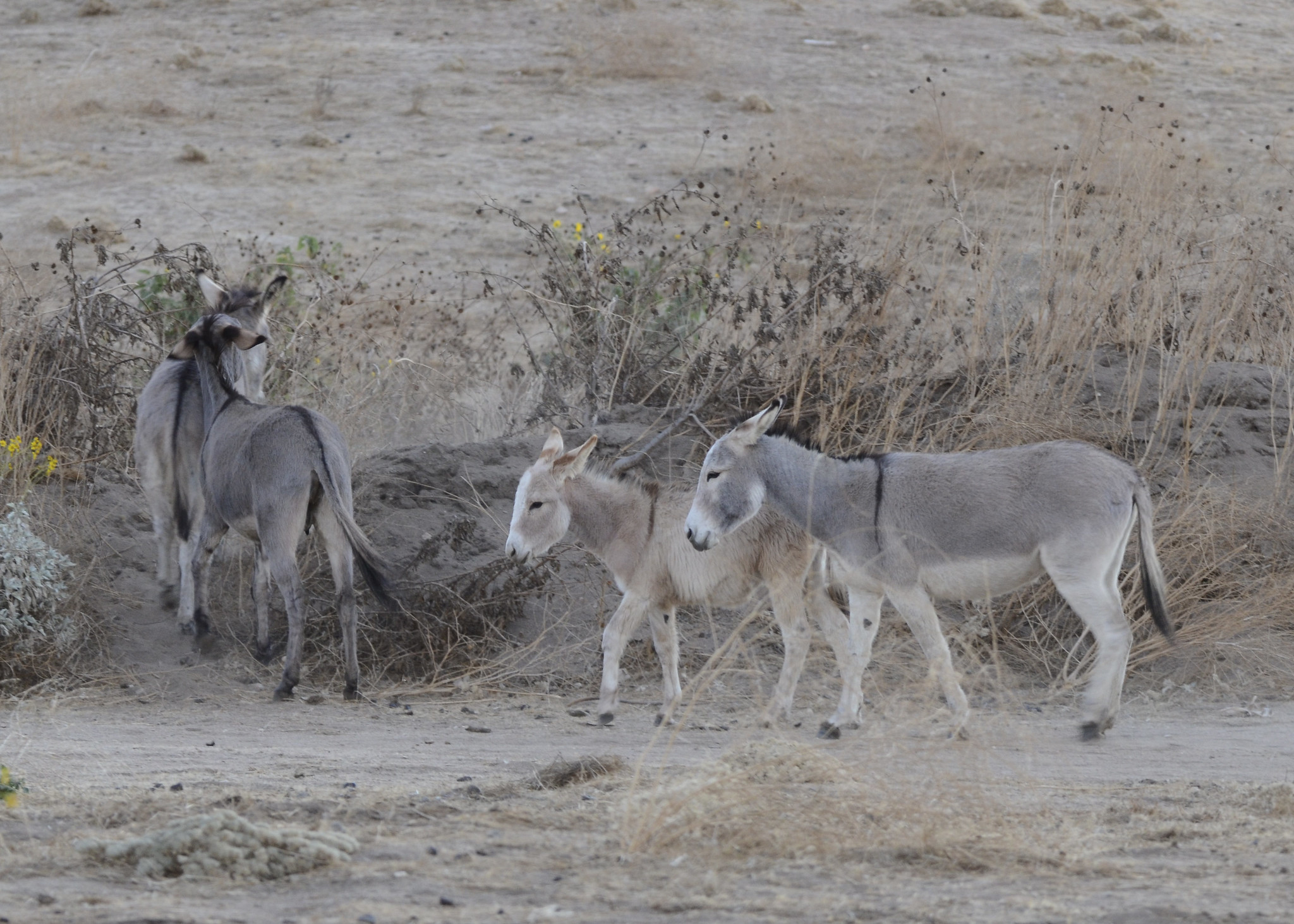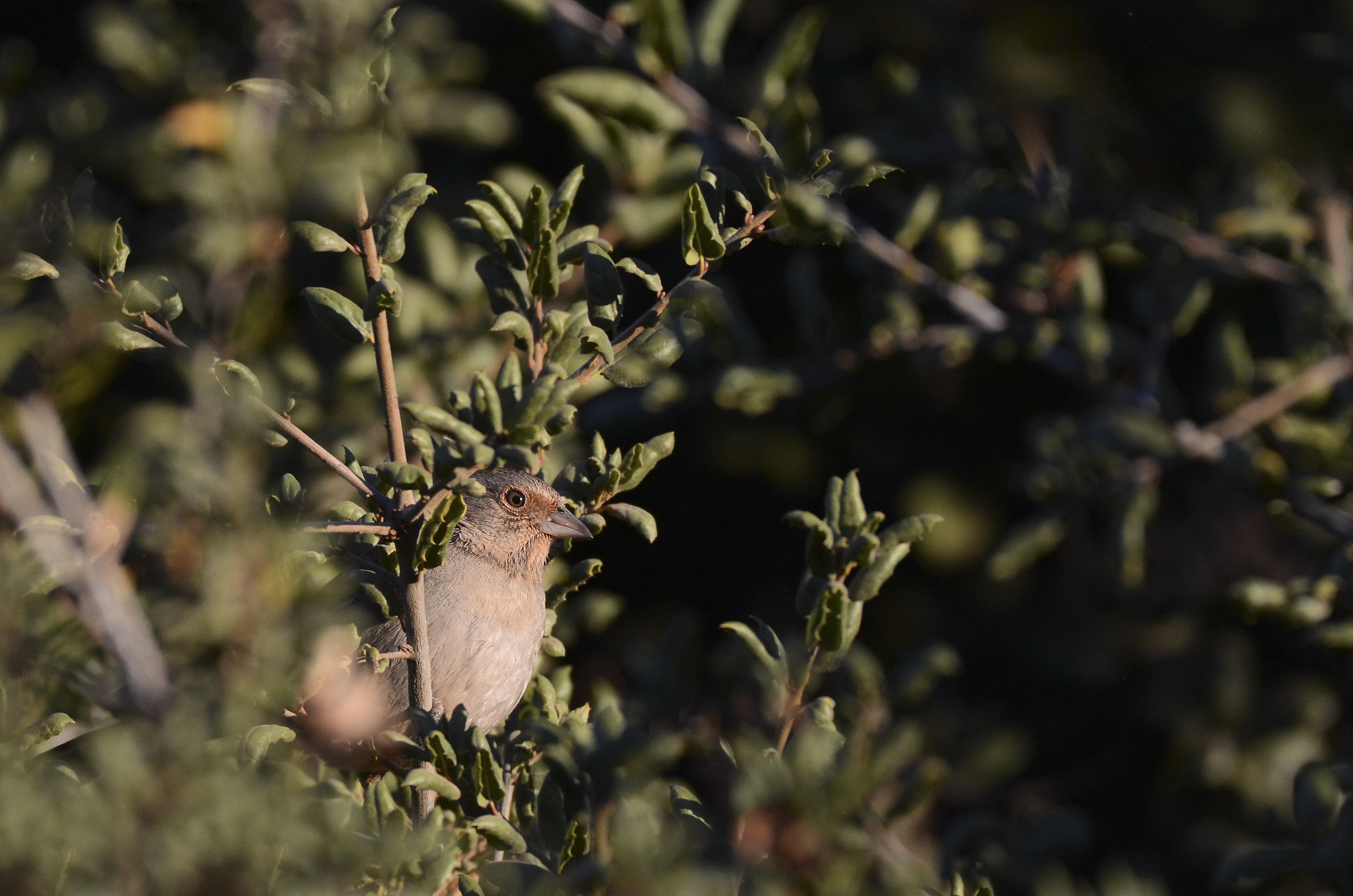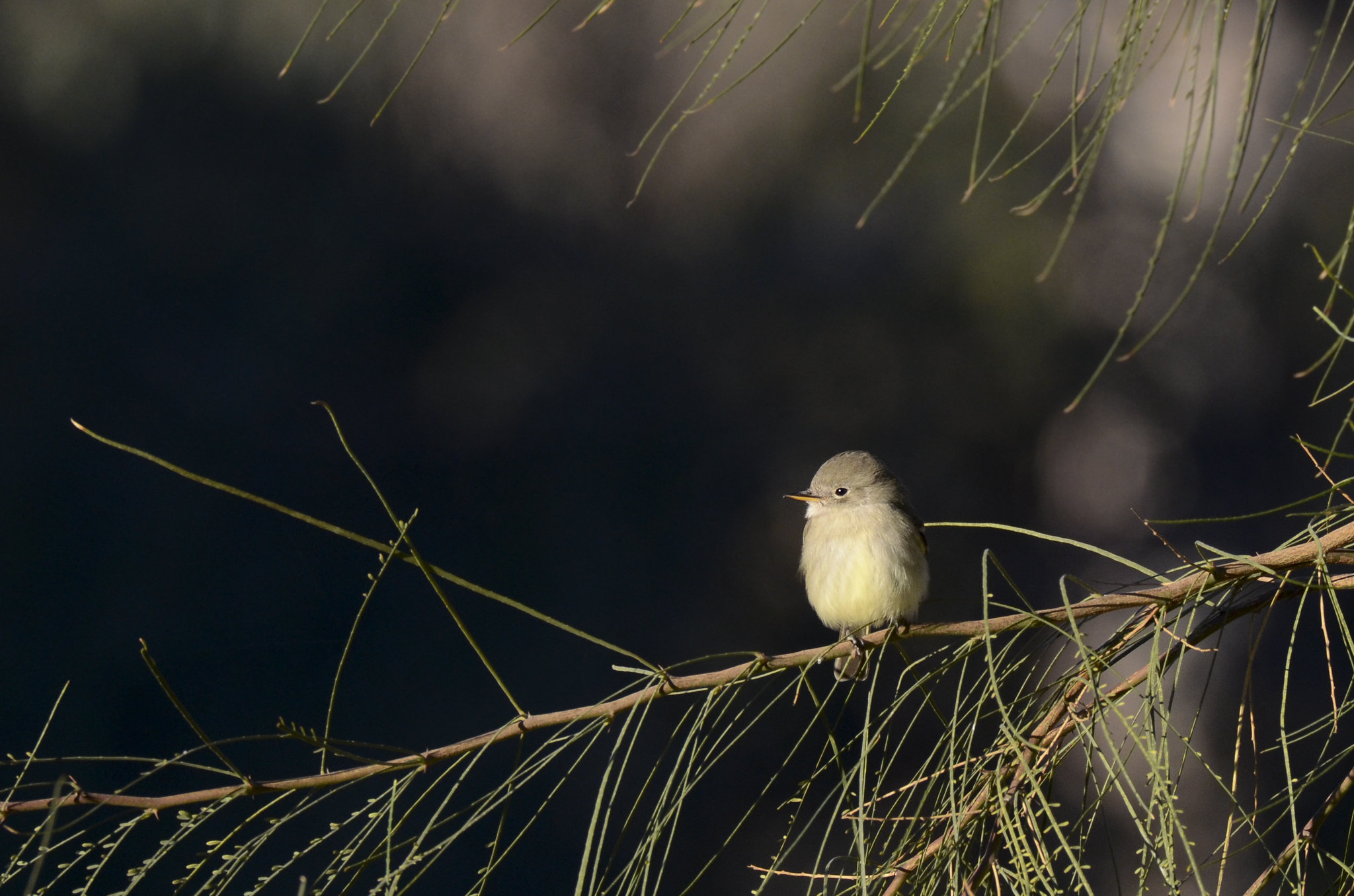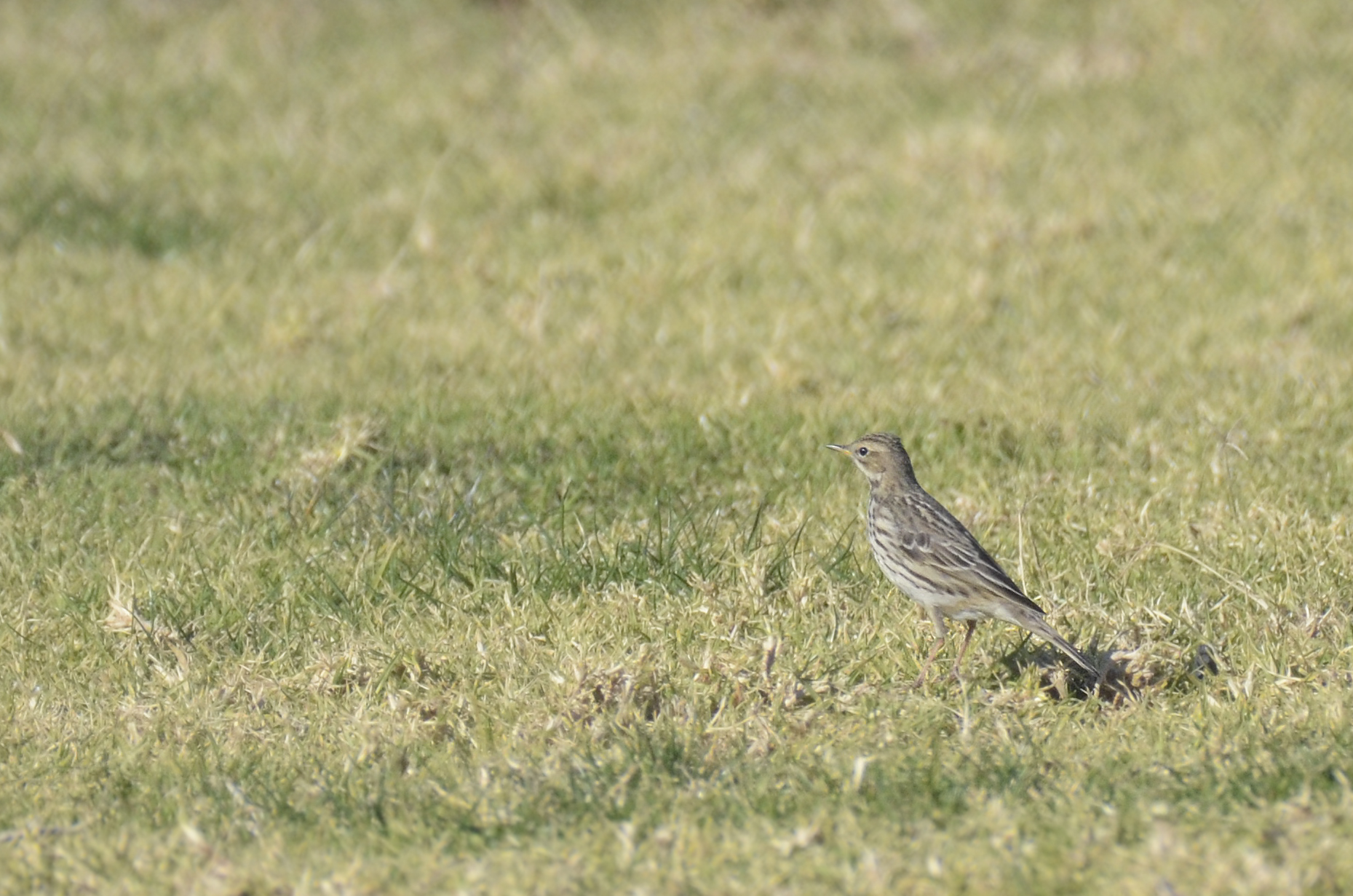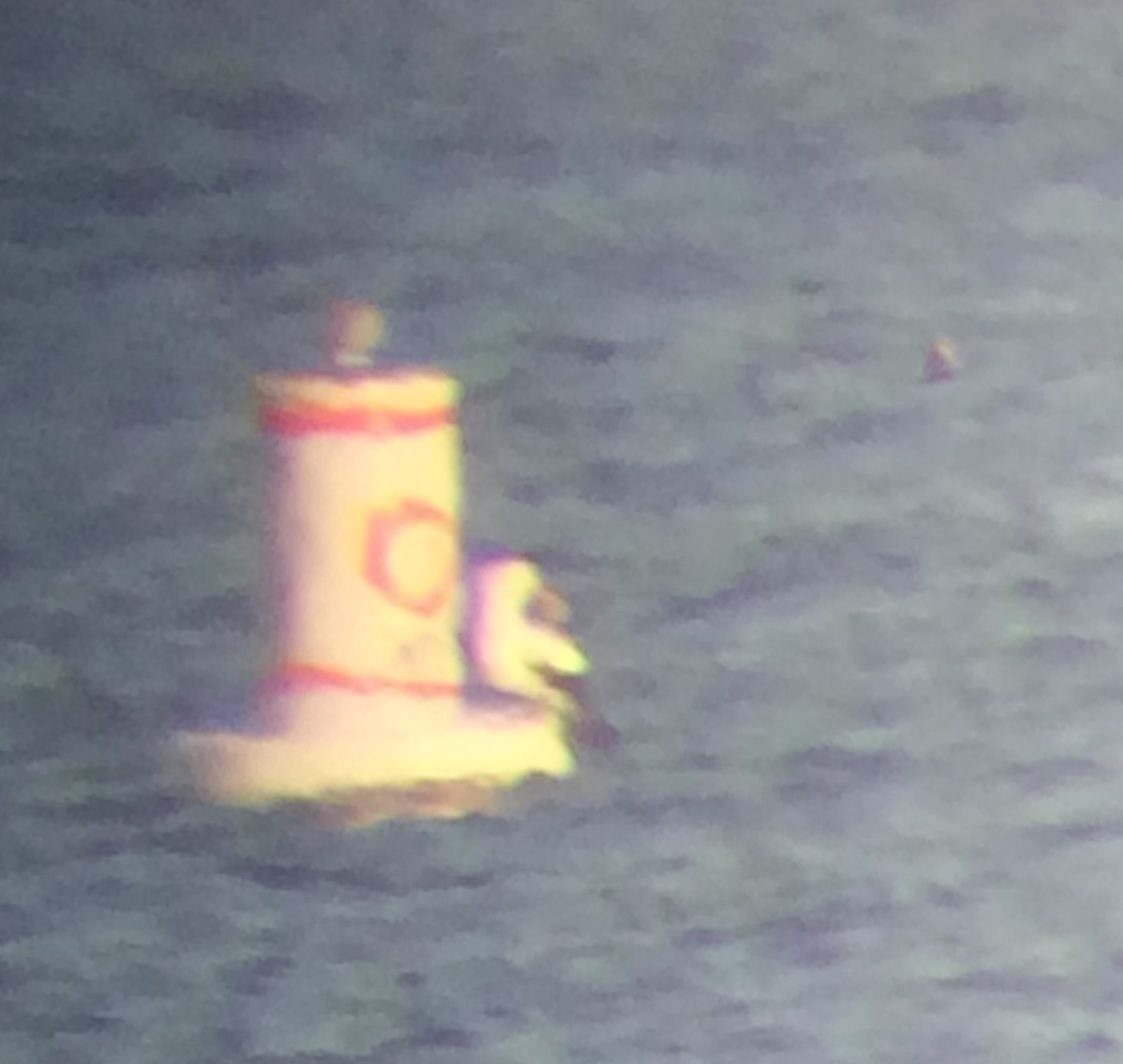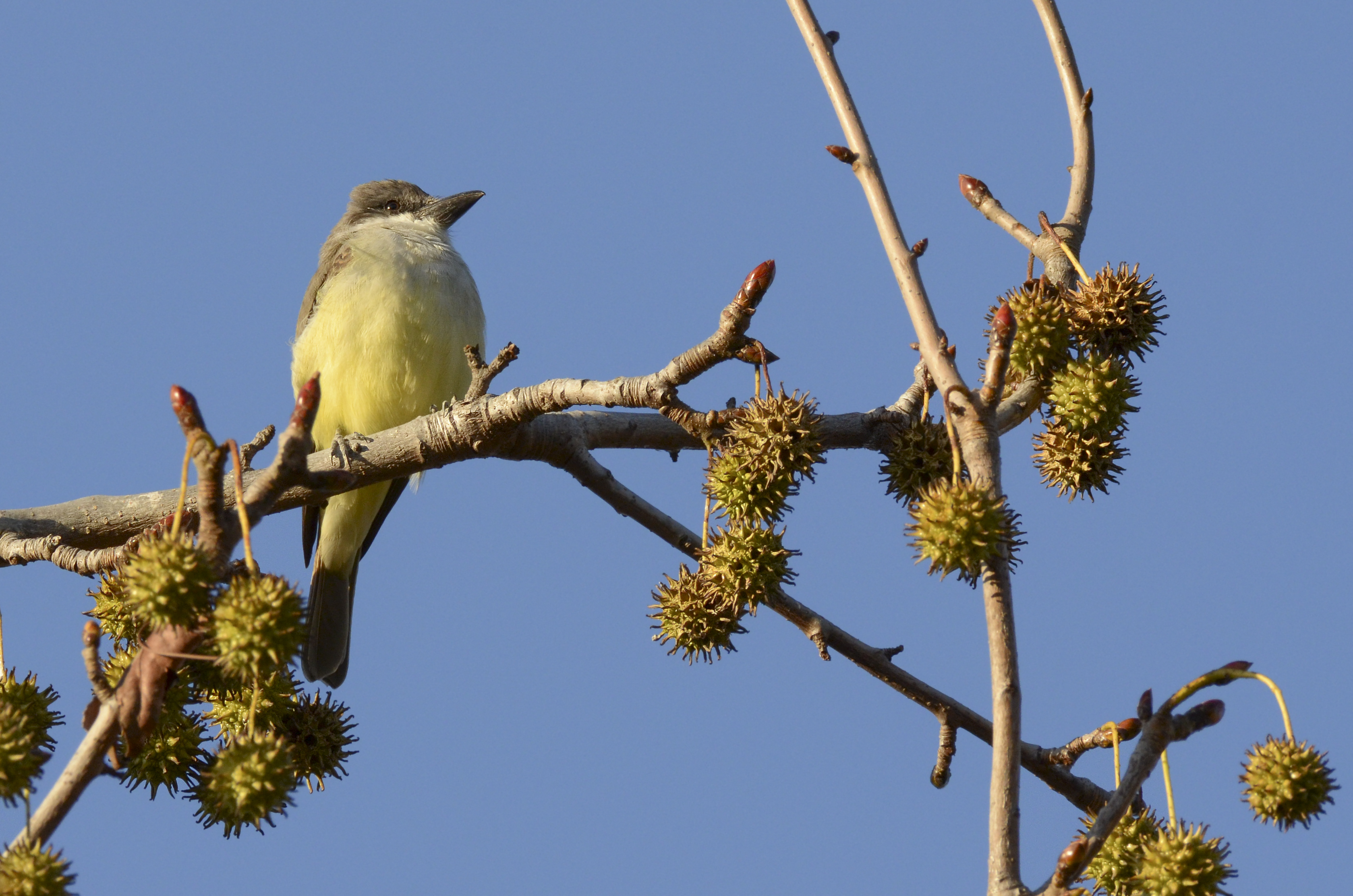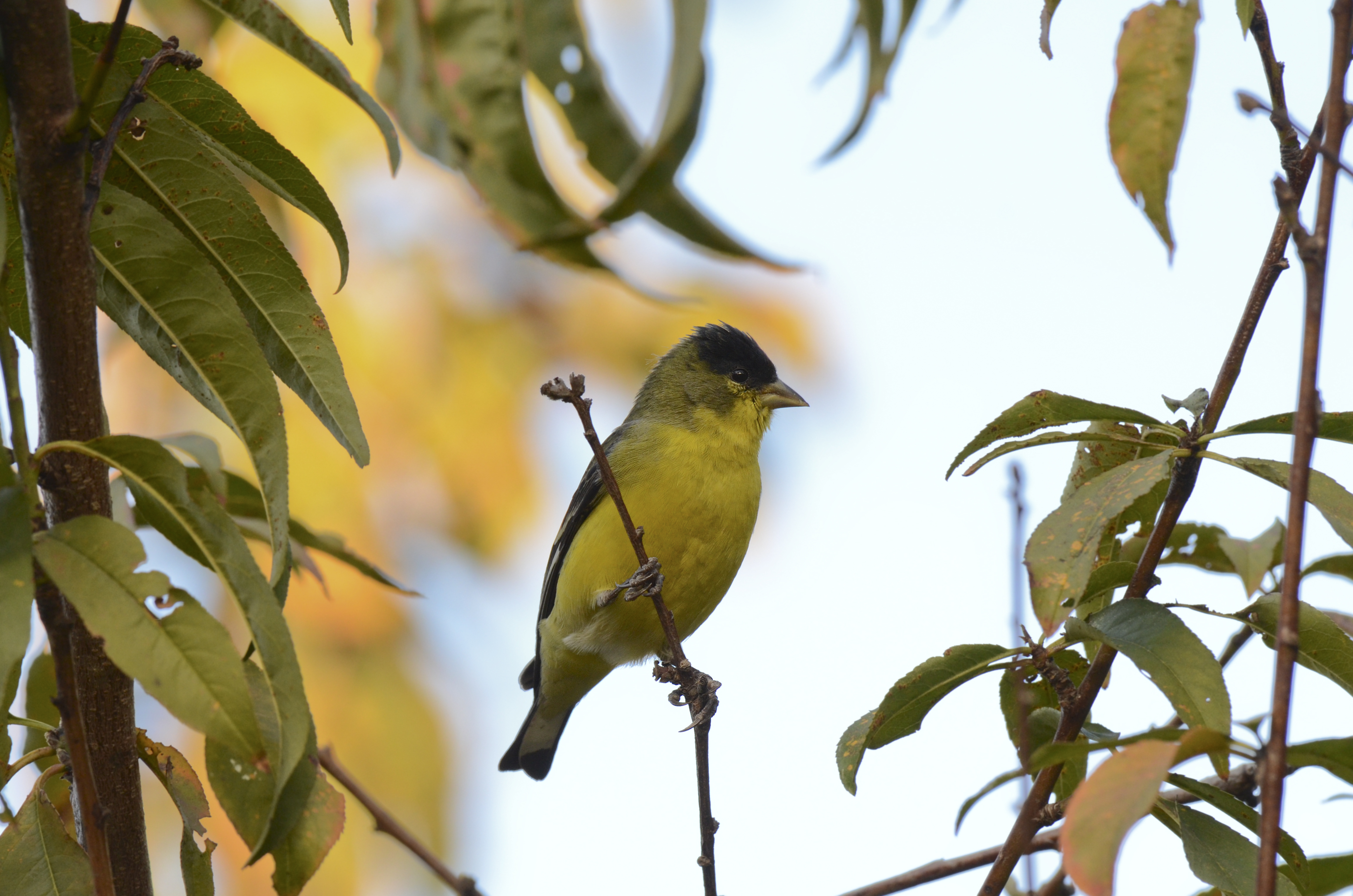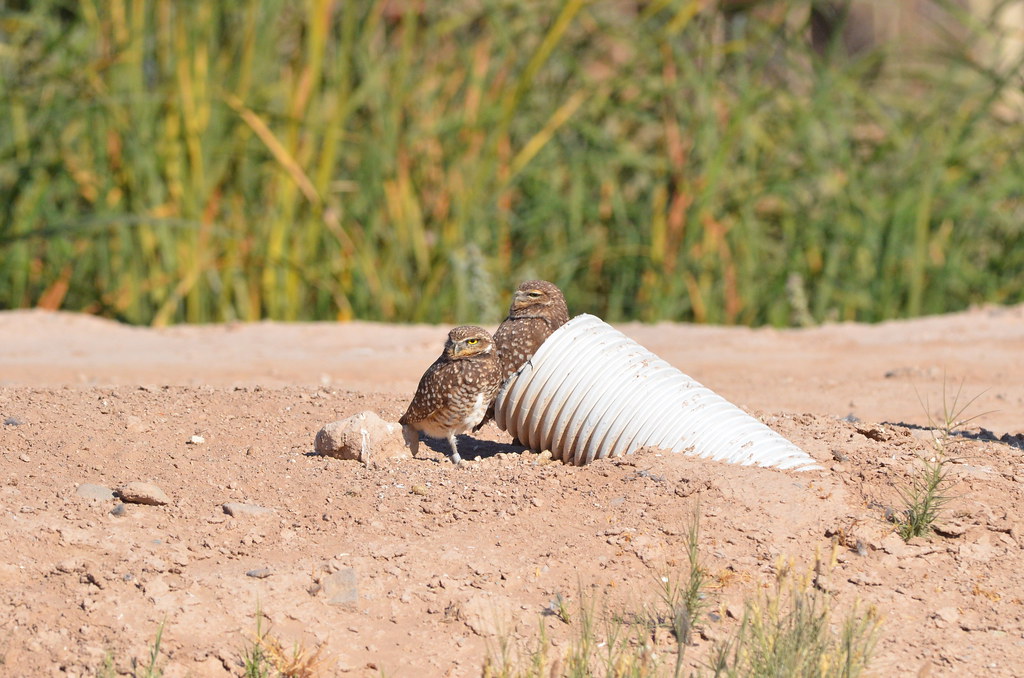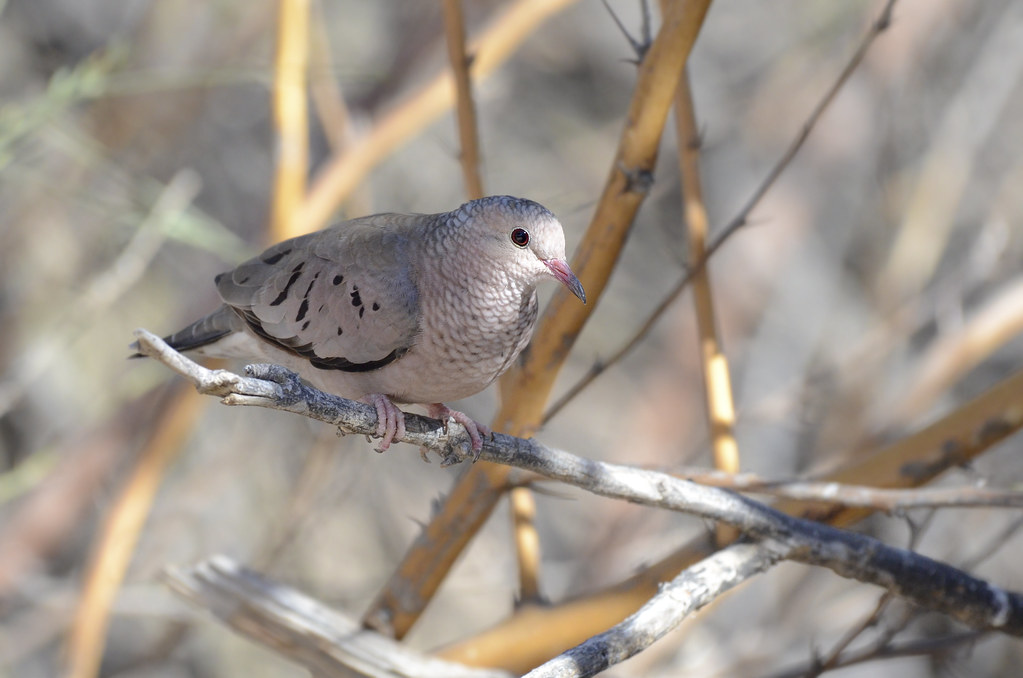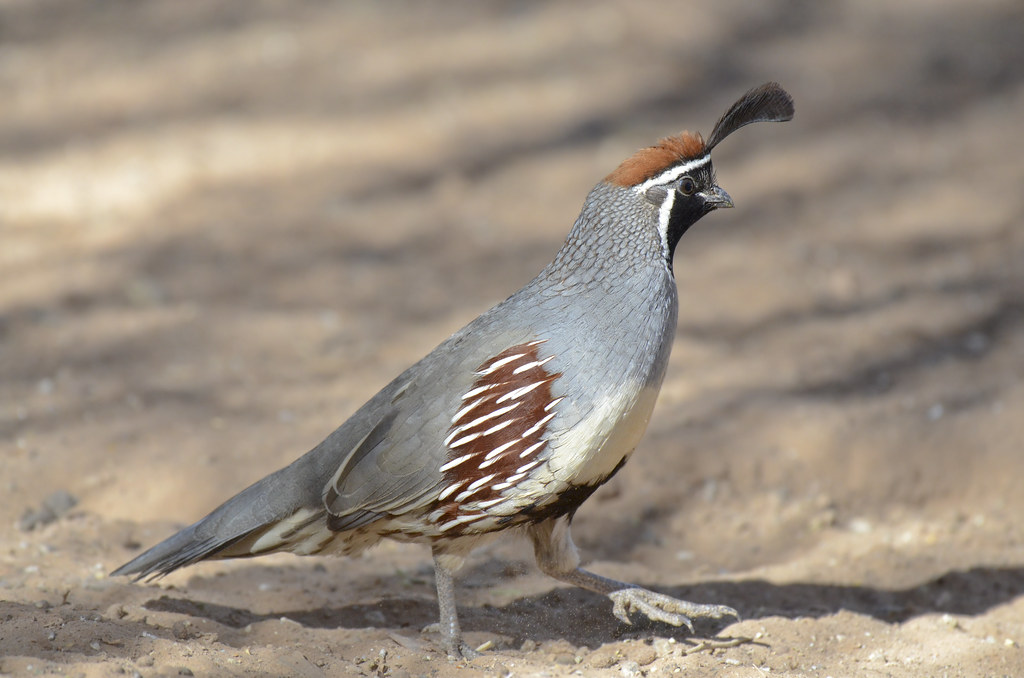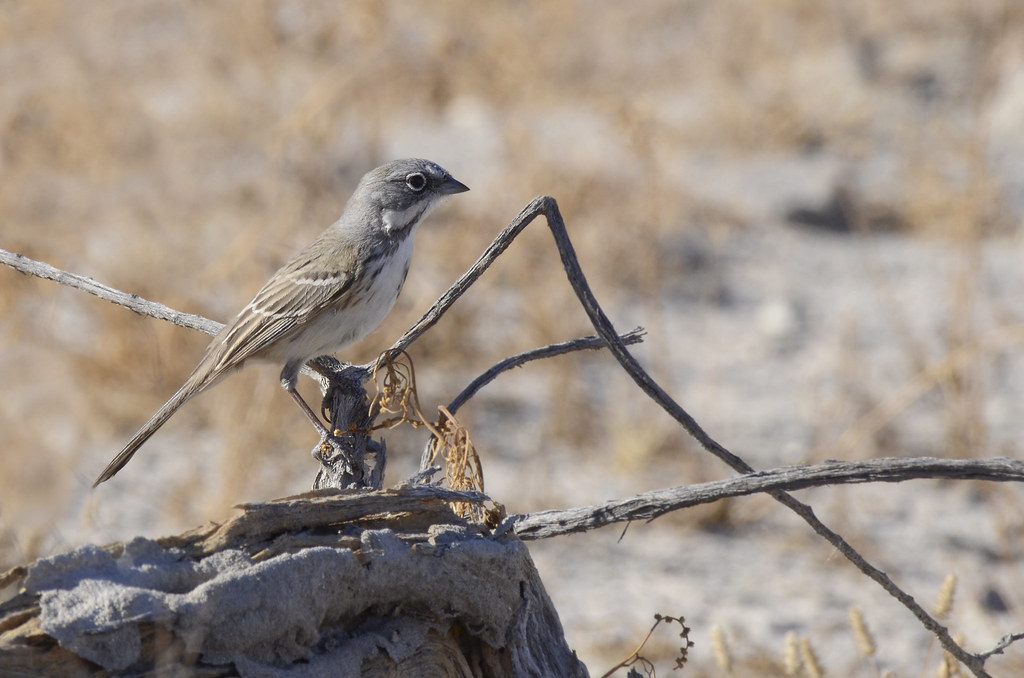I was struck by the similarity of my thoughts regarding Facebook groups to my response to a domestic circumstance. You see, my wife has had a sore finger the last couple of nights. She knew it was jammed while playing Pickle-ball. I suspect it was a mild irritation because of the event and that with time her soreness would go away. To ease her concern, I asked her to give the finger a week to heal and if it didn't that we'll go into the doctor and try to find a remedy.
Are Facebook Groups any different?
It seems that as long as I have been on Facebook, I've had irritations with groups. Now don't get me wrong, there are some amazing groups that I thoroughly enjoy. The world of social media allows individuals to self-select into groups and find areas that they enjoy, identify with, and often confirm their own beliefs. Most of you reading this post know me personally, but in case you are blog walking and came across this by pure happenstance let me self-identify for your reference. I prefer knowledge over opinion, have a deep respect for nature even though I still consider myself fairly ignorant to all its wonders, love birds and birding, and got reintroduced to birds through my wife's photography and have since taken many photos myself. Now with that said, there are some groups that seemingly provide mild but constant irritation.
So what is the irritation you might ask? The irritation is when groups try to do everything and cater to all differences of personal motivation that often disguise themselves as a similarity. Perhaps you are wondering what this might look like. In my home state Facebook birding group there are so many differences for why people are part of the group, that we end up with a fairly inactive group in comparison without robust discussions.
Sometimes words seemingly have little relevance without an example, so let's consider a simple difference. While many differences exist, one repeated case is when there are repeated photo posts of the same bird on a daily and even hourly basis. So before I go further, know that this is a mild irritant. I strategically chose a topic where I often straddle the line and can go either way on the repeated posts. On the one side, you have individuals that are proud of their photo of a species (often a rarity) and want to share it with everyone. On the other side, you have repeated non-informative posts that muddy the news feeds and often hide other posts. Like many policy topics, there are winners (those that gain from this) and losers (those that are harmed from this) when repeated posts are allowed. For what it is worth, I am only part of one group that has specific policies directed toward this exact topic. That policy is "In the event that additional discussion is warranted it is most appropriate in the comment stream within the post itself rather than as a new post." This policy is in support of the primary purpose, which is the dissemination and discussion of rare bird reports in the ABA area. Luckily for me and the nearly 18k members, the information is shared freely and kindly moderated to this one goal. Multiple posts of the same information are deleted after a comment is posted indicated that the information is already found on another post and that all comments about the same rare bird should be directed there. I suspect a simple majority of this group's members know this policy exists.
Other low-stress topics might include the ethics of bird photography, the decision to focus on reporting all birds versus only rare birds, a decision to focus on AOU or Clements, to eBird or not to eBird and nesting the previous issue within it, a larger topic of whether to even identify species or not (or simply just accept inaccuracies), or to discuss bird knowledge and identification skills versus simply providing an answer. These questions seem to be a struggle almost everywhere and, in my opinion, are only alleviated with one of two outcomes. First, the group moderators are experts and willing to politely address almost all topics and enforce the stated goals. This happens rarely and often I see all three items in that logical statement fail. Second, policy revisions that state what the purpose of the goal could be made. I've been privy to these conversations across multiple states. I've seen new groups formed because of rifts. I've seen individuals try to form groups on topics they know little about. All of those items seem to fail to alleviate this irritation and please quite telling me that it is okay because it happens elsewhere too. I am not part of those groups for a reason.
This fall I've enjoyed looking through a ton of Red-breasted Scoter photos in the same tree, Black-White Pelicans at the feeder, and those adorably cute American Nuthatches that I simply want to take home and snuggle with. They have so much personality I can't stand my own excitement and my love for that gorgeous upside-down orange bill.
Don't worry if I confused you, it is all in satirical jest of three awesome birds the American-White Pelican, Red-Breasted Nuthatches, and Black Scoter. Each of which has a ton of information available online and most sights have better photos than my linked ones or those shared in the groups. Moreover, the jest clearly ignores the informational gap about sharing bird sightings by included anthropomorphized interactions that could only be made more irrelevant with camera settings. Luckily the love of birds is contagious and often we give each other a free-pass when you know that items are shared in the excitement. Don't worry, I keep names of people that seemingly post purely to get photographic comments and are more excited about that attention than the cool bird.....you go on the naughty list, get birding coal for Christmas, and I hope are involved in photo groups where you are required to comment positively on 5 photos before you can post one of your own. Those groups have the absolute best photographers based purely on comments ;-)
So for those of you that are still curious to what the author thinks on the topic you will have to wait until I get a second post drafted about nuances of Facebook group policies regarding photography and birding. If not, I wish you well even if you are someone that could help this mild irritation go away. To the best of my knowledge, there is no medical remedy and I found out that when I left Facebook, only two people took notice and sent text messages regarding rare local birds.
To end, perhaps it is time for me to get that sore finger finally looked at.
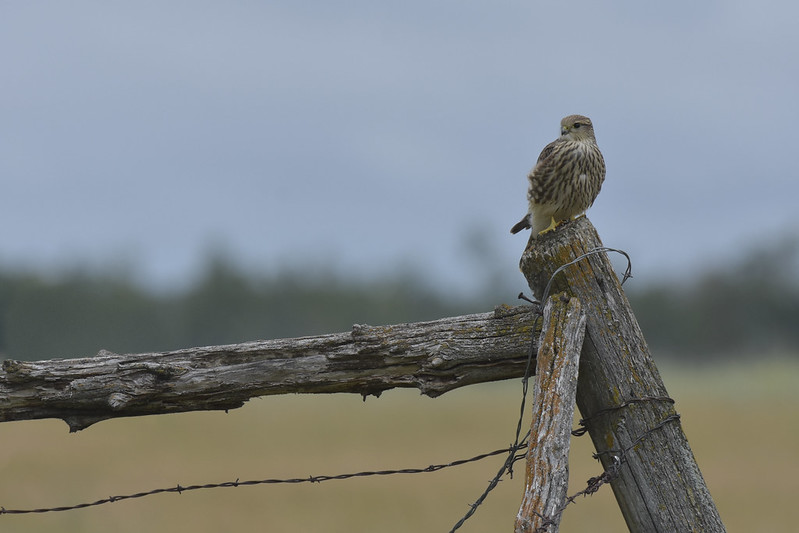 |
| A Merlin sitting on this post. Ironically this blog post may be more intriguing with an unrelated photo too. |
